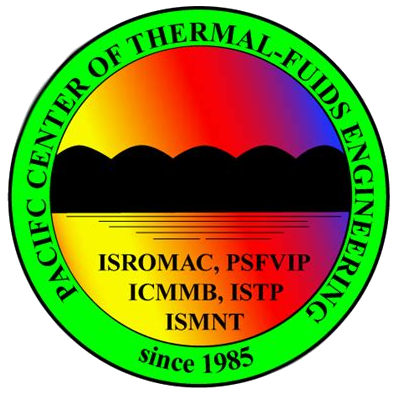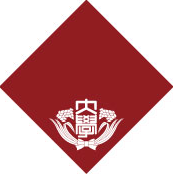Contact us
Organizing Committee
information@isromac2020.com
Plenary Lectures
- Plenary Lecture 1
- Scientific Advisor to the Coordinator of the Hydropower Extending Power System Flexibility (XFLEX HYDRO) project which has received funding from the European Union’s Horizon 2020 research and innovation programme under grant agreement No 857832.
- Coordination for the FP7 European project no 608532 "HYPERBOLE: HYdropower plants PERformance and flexiBle Operation towards Lean integration of new renewable Energies" (2013-2017);
- Deputy Head of the Swiss Competence Center for Energy Research – Supply of Electricity (SCCER-SoE) to carry out innovative and sustainable research in the areas of geo-energy and hydropower for phase I (2013-2016) and Phase II (2017 2020).
- EUREKA European research projects: No 4150 and No 3246, "HYDRODYNA, Harnessing the dynamic behavior of pump-turbines", (2003-2011), No 1605, "FLINDT, Flow Investigation in Draft Tubes", (1997-2002), No 2418, "SCAPIN, Stability of Operation of Francis turbines, prediction and modeling";
- Swiss KTI/CTI research projects with GE Renewable Energy (anc. ALSTOM Hydro, Birr), ANDRITZ Hydro (Kriens), FMV (Sion), Groupe E (Granges-Paccot), Power Vision engineering (Ecublens) and SULZER Pumps (Winterthur).
- ETH Domain, HYDRONET Project for the Competence Center Energy and Mobility, PSI Villingen.
- Plenary Lecture 2
- Plenary Lecture 3
- Plenary Lecture 4
- Workshop on inverse design based multi-point optimization
Title
XFLEX Hydro: a technology road map for Hydroelectric power plants to enable massive photovoltaic and wind penetration of the electric power system
Lecturer
Prof. François Avellan. École polytechnique fédérale de Lausanne (EPFL), Lausanne, Switzerland.
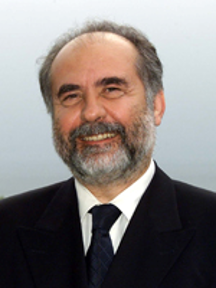
Prof. Avellan, director of the EPFL Laboratory for Hydraulic Machines, graduated in Hydraulic Engineering from Ecole nationale supérieure d'hydraulique, Institut national polytechnique de Grenoble, France, in 1977 and, in 1980, got his doctoral degree in engineering from University of Aix-Marseille II, France. Research associate at EPFL in 1980, he is director of the EPFL Laboratory for Hydraulic Machines since 1994 and, in 2003, was appointed Ordinary Professor in Hydraulic Machinery. Supervising 37 EPFL doctoral theses, he was distinguished by SHF, Société Hydrotechnique de France, awarding him the "Grand Prix 2010 de l'Hydrotechnique". His main research domains of interests are hydrodynamics of turbine, pump and pump-turbines including cavitation, hydro-acoustics, design, performance and operation assessments of hydraulic machines. Prof. Avellan was Chairman of the IAHR Section on Hydraulic Machinery and Systems from 2002 to 2012. He has conducted successfully several Swiss and international collaborative research projects, involving key hydropower operators and suppliers, such as:
Furthermore, he is involved in scientific expertise and independent contractual experimental validations of turbines and pump turbines performances for the main hydropower plants in the world. In recognition for his work as Convener of the TC4 working group of experts in editing the IEC 60193 standard he received the "IEC 1906 Award" from the International Electrotechnical Commission.
Summary
With increasing levels of variable renewables in the energy system, new opportunities emerge for hydropower as a provider of flexibility services in modern power markets. To address this question, a consortium of 19 European partners is committed to the Hydropower Extending Power System Flexibility (XFLEX HYDRO) project.
The ultimate objective of the XFLEX HYDRO project is to increase hydropower potential in terms of plant efficiency, availability and provision of flexibility services to the Electric Power System (EPS).
The high Renewable Energy Sources (RES) scenario of the decarbonisation process relies on a drastic change of the European Union EPS with a massive integration of non-dispatchable RES and disconnection of the so-called conventional units, as greenhouse gases emitters. These changes influence drastically the provision of the power grid balancing, and challenge the EPS operations and safety. It is of upmost importance to provide reliable solutions to support the EPS with more flexibility services. Hydroelectric Power Plant (HPP) already significantly supports EPS flexibility in terms of regulation capability, fast frequency control, fast start/stop, fast generating to pumping modes transition, high ramping rate, inertia emulation, fault ride through capacity, etc.
The XFLEX HYDRO project aims to demonstrate an innovative methodology for system integration of hydroelectric technology solutions, variable speed being a key component and a reference, to provide further enhanced flexibility services assessed by a crosscutting analysis of their impact on both the technology and the market aspects.
Innovative solutions also target an optimize maintenance plan to decrease the outage time and increase the availability of the plant. Seven demonstrations are scheduled in the cases of run-of-river, storage and pumped storage HPPs and they cover cases of refurbished, uprated and especially existing HPP to be applied and scaled to any unit size. XFLEX HYDRO draws the roadmap for the exploitation of its solutions to all the European HPP fleet. A strategic dissemination plan is set to promote the deployment of the demonstrated solutions to stakeholders, to the scientific community and the public and to further support the communication in workshops, conferences, scientific journals, newspapers and various social media.
Title
Simulation of non-linear dynamic variable mass systems with variable parameters
Lecturer
Prof. Helmut J. Holl. Johannes Kepler University Linz (JKU), Linz, Austria.
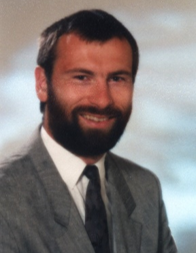
Helmut J. Holl is working as an Assistant Professor at the Institute of Technical Mechanics at the Johannes Kepler University of Linz, Austria. He developed a time-integration procedure for the application in nonlinear rotor-dynamic systems including substructuring and variable mass systems. His current research is in the field of the interaction of axially moving structures, fluid-structure interaction and variable mass systems. Furthermore, he holds lectures in rotor-dynamics and numerical and experimental methods in mechanics.
Summary
For the modelling of transport processes and the interaction of rotating machinery it is important to be aware of the importance of the boundaries of the system and to apply a suitable description. The computation of vibrations in such dynamic systems with open boundaries has lots of applications. The derivation of the mechanical model has to concentrate on the flow of mass through the boundary of the applied control volume. For the derivation of the equations of motion it is important to distinguish between the material control volume and the spatial control volume. The spatial control volume is an arbitrary moving non-material volume with a surface that has a speed w, which is different from the velocity of the material at the surface v. The transport of kinetic energy and mass can be determined and is related to the spatial derivative of the total kinetic energy at the boundary of the control volume. With the extended equation of Lagrange these effects can be described.
Usually nonlinearities are present in the system and the parameters vary with time as the stiffness and some other system parameters change. One example of such a dynamic system is the mechanical model of a winding process, which has to consider the coupling of the vibrations of the axially moving strip and the coiling drum due to non-steady state operation conditions. As the outer radius of the coiling drum and the stiffness is increasing also varying parameters are present. Like in other processes the transported mass can cause vibrations, which influence the whole production process and can reduce its efficiency. The semi-analytic algorithm results in an efficient computation of the solution and the numerical behaviour is demonstrated also for variable mass systems. This semi-analytic time-integration procedure has been extended to consider substructuring. Additionally systems described by differential equations of first and second order are computed effectively.
Title
High Performance Computing and Its Industrial Applications in Fugaku Era
Lecturer
Prof. Chisachi Kato. University of Tokyo, Japan.
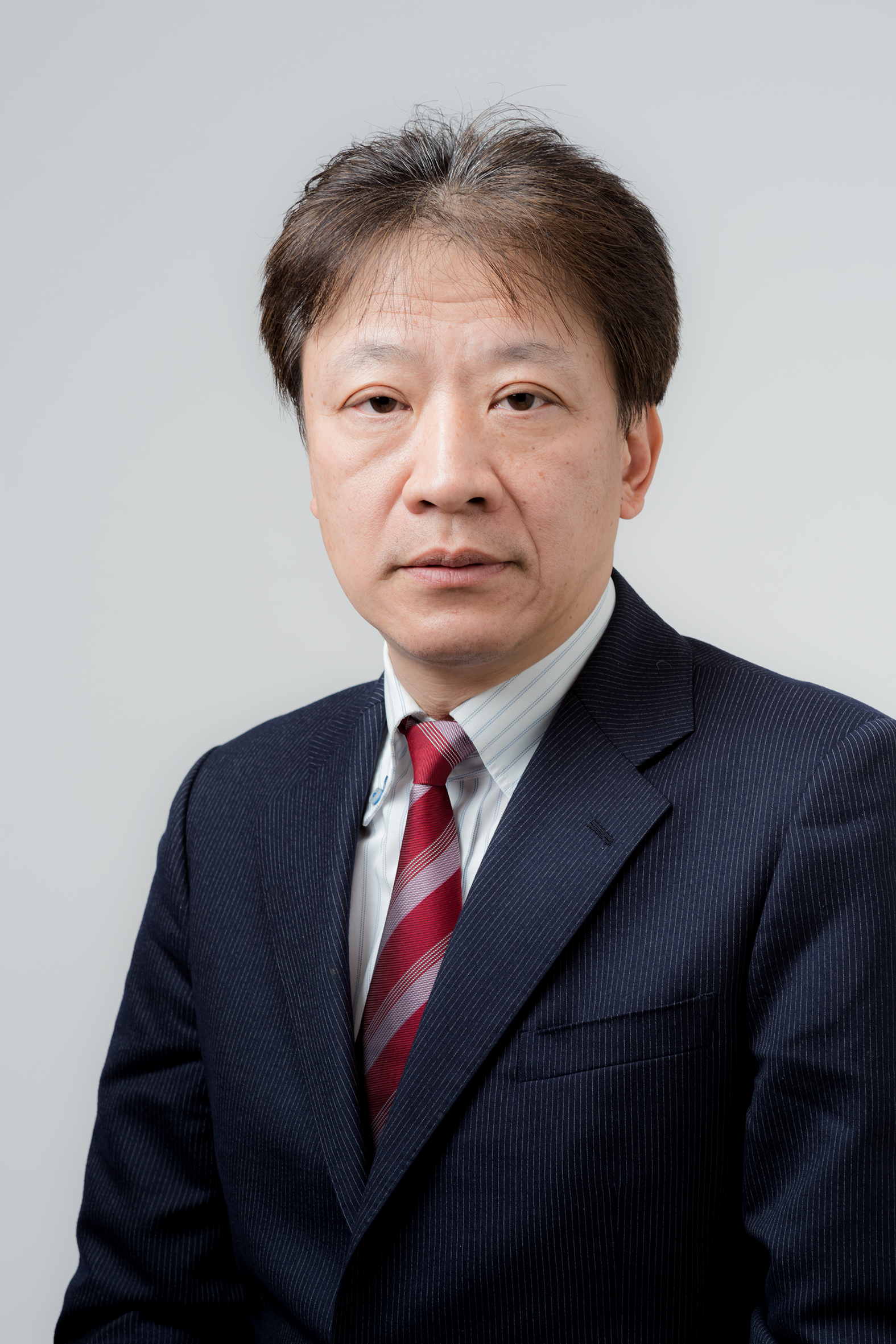
Dr. Chisachi Kato is a professor of mechanical engineering at the University of Tokyo. In 1984, he graduated the Graduate School of Engineering at the University of Tokyo and obtained a master’s degree in mechanical engineering. He obtained another master’s degree from Stanford University in August 1989. He was conferred his doctoral degree in engineering from the University of Tokyo in 1995. Upon graduation from the mechanical engineering department at the University of Tokyo in 1984, Dr. Kato joined the Mechanical Engineering Research Laboratory of Hitachi, Ltd. and had been working as a research engineer for about 15 years. In January 1999, Dr. Kato moved to the Institute of Industrial Science (IIS), the University of Tokyo and was appointed as a professor in January 2003. Since then, he has also been a director of Center for Research on Innovative Simulation Software (CISS).
Summary
Most industries are currently using the time averaged turbulent flow simulation, called RANS, for the development as well as for the evaluation of their flow-related products. RANS is a model-based simulation of turbulent flows and the optimum model depends strongly on the individual flows. For this reason, RANS can never become a complete alternative to the tests made for the final evaluation of a product. On the other-hand, the Large Eddy Simulation, hereafter abbreviated as LES, directly resolves turbulent eddies in the production scale and provides accuracy compatible with the Direct Numerical Simulation (DNS) all the times. However, the LES requires billions of computational grids for its application to a high Reynolds number engineering flows, which was not feasible in the past.
On the other hand, recent progress of the high-end computer performance is going to make such simulations, which use billions of grids, practical. With all of these in mind, we have fully optimized our flow solver, named FrontFlow/blue, to substantially shortened the time needed for such a high Reynolds number LES of an engineering flow. As a result, we have achieved 35 times speedup of our code and a parallel computing efficiency of over 85% by using approximately 3 million compute cores of Fugaku, the next flagship computer of Japan. In this presentation, we will review the features of our flow solver, describe the code optimization that has been made and resulted in such a remarkable performance improvement and finally provide several engineering applications of LES, which we believe will help the audience develop future vision of the computer aided engineering (CAE).
Title
Multi-objective, Multi-disciplinary Inverse design based automatic optimization of turbomachinery
Lecturer
Prof. Mehrdad Zangeneh. University College London, United Kingdom.
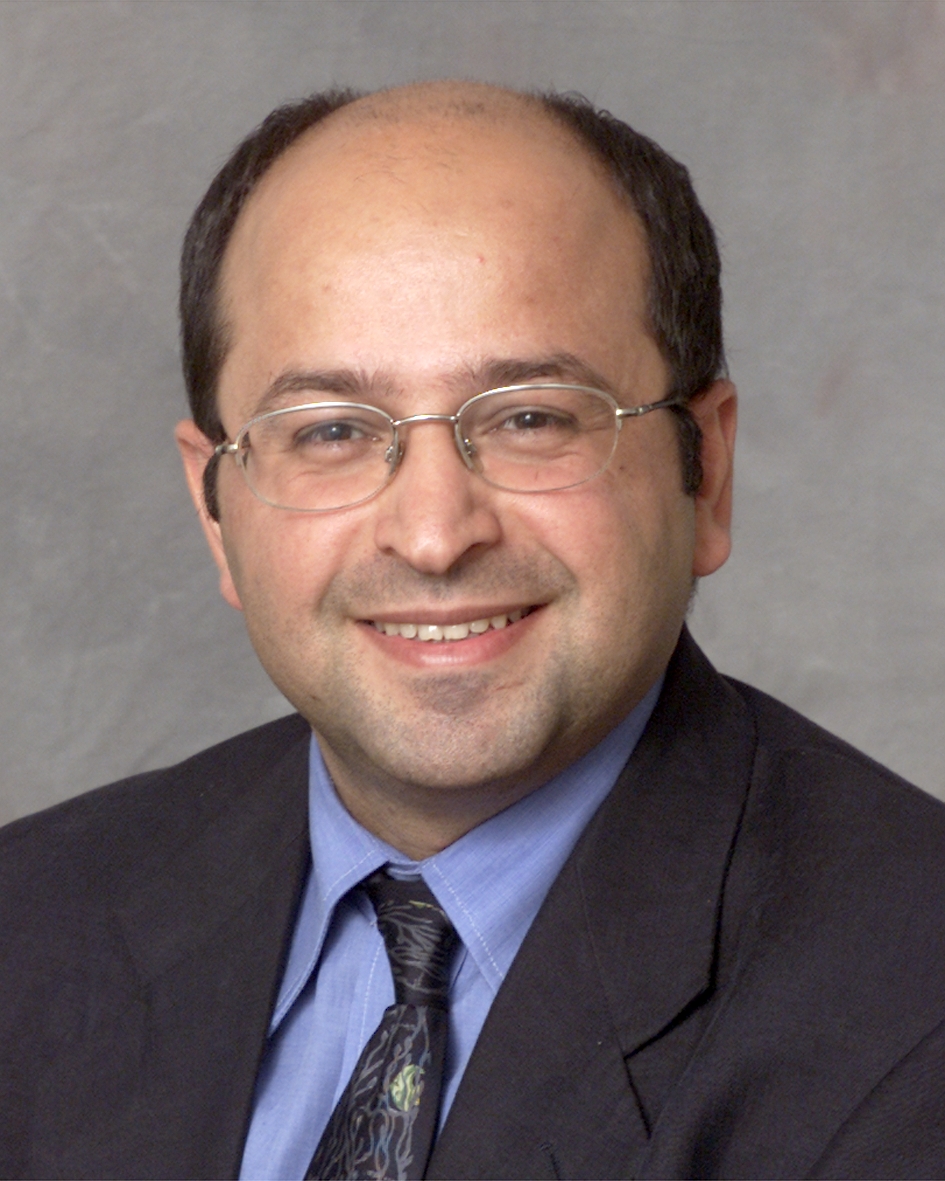
Mehrdad Zangeneh is Professor of Thermofluids at University College London. His research interests cover development of computational design methods based on 3D inverse design and automatic optimization to variety of turbomachinery applications (such as pumps, turbines, compressors and pumps) as well microfluidics and micropump applications. More recently he has focused on development of multi-disciplinary optimization methods that aim to improve both aerodynamic and structural performance of turbomachinery. Professor Zangeneh has been involved in many collaborative research programs with major Turbomachinery manufacturers in Europe, US and Japan, including Ebara Corporation and Hitach of Japan, ABB Turbo and Man Turbo of Germany and US Office of Naval Research. He has published more than 120 papers in journals and refereed conferences and has been granted 7 international patents. He has founded UCL spin out company Advanced Design Technology Ltd which licenses turbomachinery design software globally.
Summary
Turbomachinery manufacturers face many challenges such as legislative pressures to improve efficiency ( e.g ECOdesign directive in EU) as well as competitive pressure to reduce cost and developments times. Many of these challenges require innovative design solutions that can solve multi-point/multi-objective and multi-disciplinary problems.
The 3D inverse design method computes the turbomachinery blade geometry for a specified distribution of blade loading and pressure field. The method enables designers to optimize turbomachinery vanes and blades by exploring a large design space without the trial and error of traditional design methodologies.
There are also computational advantages in using inverse design as an optimization strategy. In inverse design, the optimization is parametrized through the blade loading and not the blade geometry, which can significantly reduce the number of design parameters to cover the same design space. This feature improves the speed and accuracy of automatic optimization. In particular, by using the inverse design approach it is possible to achieve accurate surrogate model based optimization. This approach can then be used to solve difficult multi-point, multi-objective and multi-disciplinary problems under industrial time scales.
Two examples of this approach will be presented. In the first instance the approach is used for multi-point optimization of a mixed flow pump stage. Design of experiment is done for a mixed flow pump stage by using the 3D inverse design method. Both meridional geometry and blade loading parameters ( which control the 3D blade geometry) are parametrized. The geometries in the design matrix are then run in CFD at multiple operating points from high flow to shut off conditions at 15 different operating points and the results are then used to create a surrogate model. The surrogate model is then used with Multi-objective genetic algorithm to design stages which meet required power ratio and head ratios and avoid dropping head curve and yet maximize efficiency. The surrogate model can predict the optimized design’s HQ curve and this then compared with actual CFD predictions where very good correlation is obtained between CFD and the surrogate model prediction of the stage head versus flow characteristic.
The second example will show the application of the process to multi-disciplinary, multi-point optimization of a radial turbine stage. For this problem, as well as efficiency and mass flow parameter at several operating points the maximum stress in the turbine impeller, and 1st and 2nd modal natural frequencies are also included in the optimization. Again accuracy of the using surrogate model based optimization are confirmed by direct high fidelity CFD and FEA results.
Panel Participants:
Dr H. Watanabe, Ebara Corporation,
Prof M. Zangeneh, University College London
Live Presentation by Dr J. Zhang, Advanced Design Technology Ltd
In this live demonstration, the set up of a multi-point optimization of a mixed flow pump impeller by using a 3D inverse design method, which generates the blade shape for a specified distribution of blade loading, will be presented. The workshop starts with the key targets for the optimization and briefly presents how the inverse design method can be used to parametrize the blade geometry by using blade loading distribution. One key aspect for successful optimization is the way the range of design parameters are selected. The way the inverse design method facilitates the choice of range of design parameters is presented.
In total 5 design parameters are used to parametrize the blade shape and the Design of Experiment method Optimal Latin Hypercube is used to create design matrix consisting of 22 geometries. These geometries are then run at two operating points of 100% design of design flow and 40% of design flow. Three cases could not be converged in CFD and hence a surrogate model was formed by using the 19 converged cases. The surrogate model used was Kriging. The process of using the surrogate model to obtain a trade off between the two efficiencies or Pmin (as a measure of cavitation) will be shown live during the workshop. The resulting blade shapes and flow field as predicted by the inverse design method will be shown. Also shown will be the results of validation of the surrogate model by CFD. Audience participation and question and answer opportunity to be provide at each stage of the set up of the optimization.


